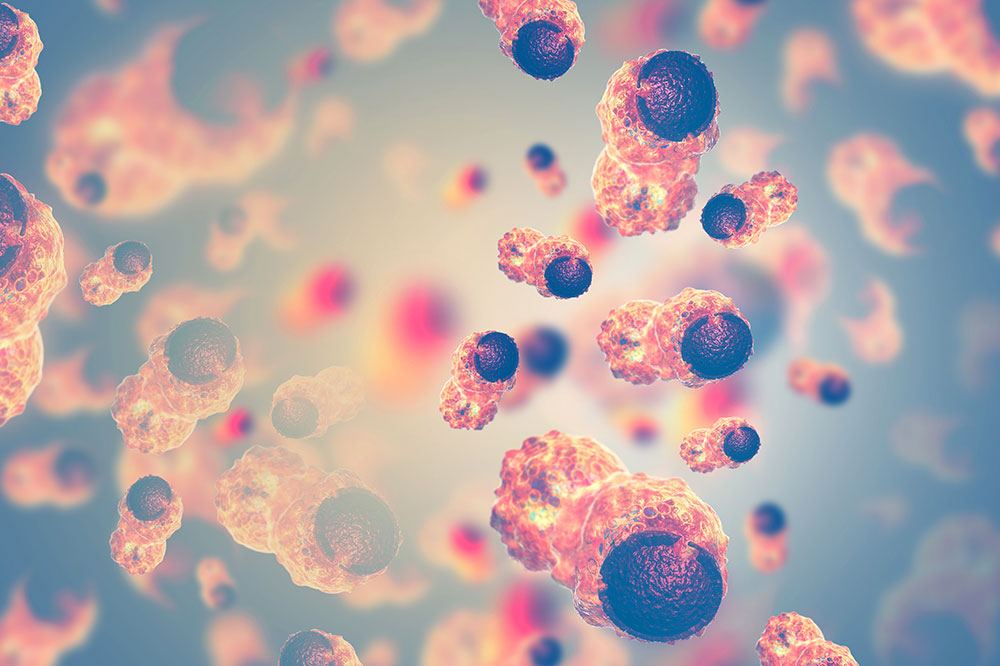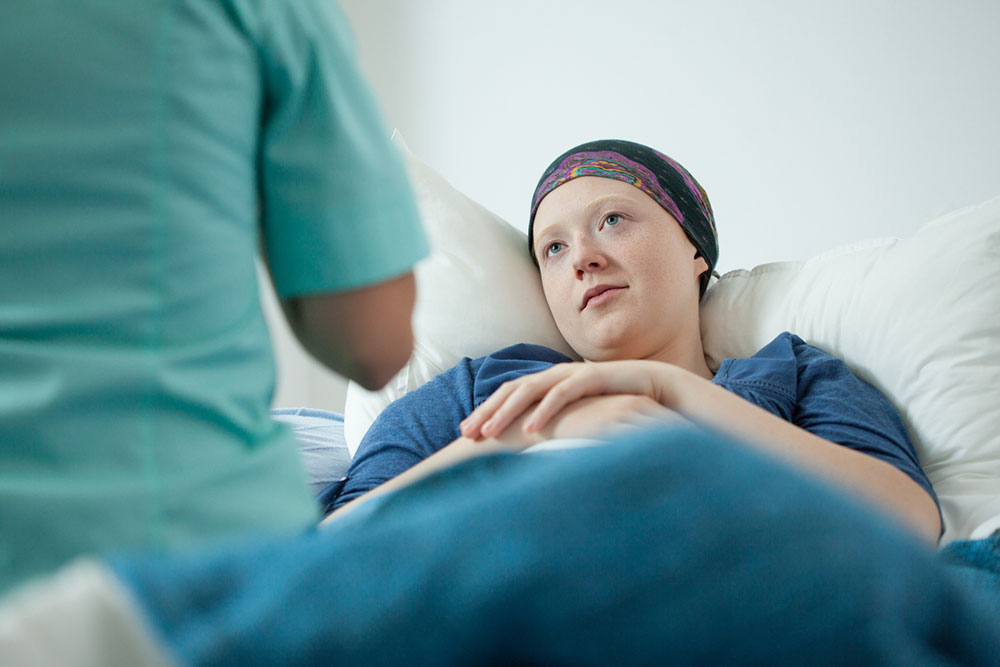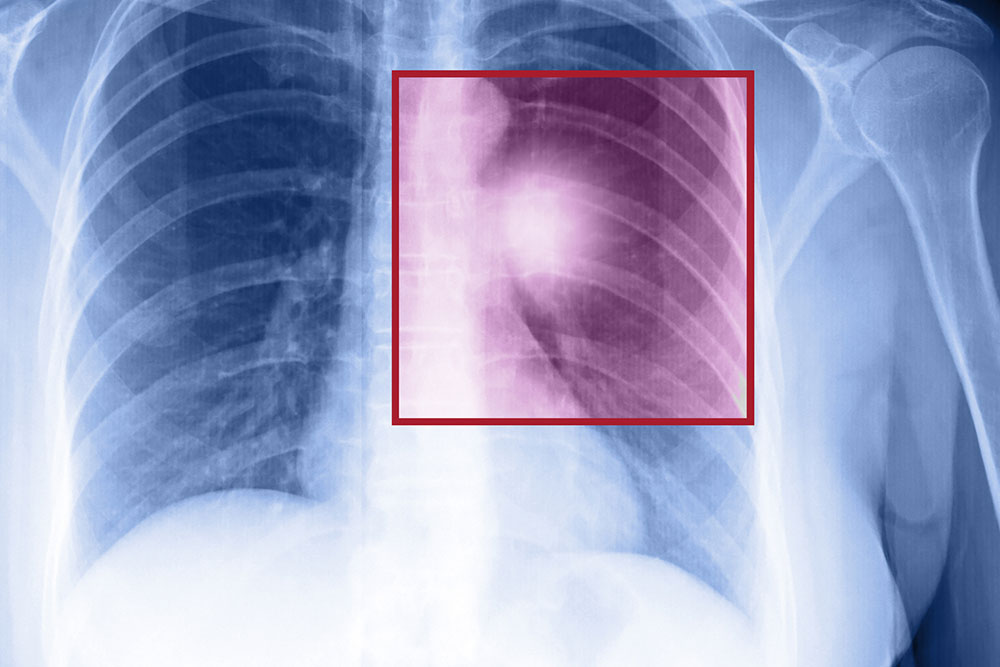Comprehending Cancer Relapse and Its Implications
This article explores the nature of cancer recurrence, including its types, symptoms, diagnosis, and treatment options. It emphasizes the importance of emotional support and ongoing monitoring after remission. Understanding the risks and signs of relapse helps survivors stay vigilant. The piece also offers guidance on managing fears and seeking professional help to cope with the psychological impact of possible recurrence, promoting a proactive approach to cancer survivorship and wellness.

Comprehending Cancer Relapse and Its Implications
Overcoming cancer offers a sense of relief, but it often leaves survivors battling lingering fears. Anxiety about recurrence can disrupt daily routines, yet staying calm and optimistic is crucial. The reality is that cancer can sometimes return after treatments aim to eliminate it entirely. This phenomenon, known as relapse, happens when residual malignant cells survive initial therapy and begin multiplying anew.
Recurrences may originate at the original site or elsewhere in the body.
Types of Recurrence
Localized: Cancer reappears close to its initial location, indicating it hasn't spread.
Regional: Cancer returns in nearby lymph nodes or tissues surrounding the original site.
Distant: Also called metastasis, where cancer spreads to distant organs like lungs, liver, or bones, often with different symptoms.
Recurrence site is influenced by cancer type and stage. Symptoms vary: local recurrence exhibits original signs, regional might show new lumps, and distant spread presents with symptoms such as persistent pain, unexplained weight loss, bleeding, fatigue, or respiratory issues.
Diagnosis mirrors initial detection, with additional testing to confirm stage and extent. Treatment strategies depend on recurrence type and previous therapies. Managing fears through support groups, therapy, and loved ones is vital for emotional well-being.










